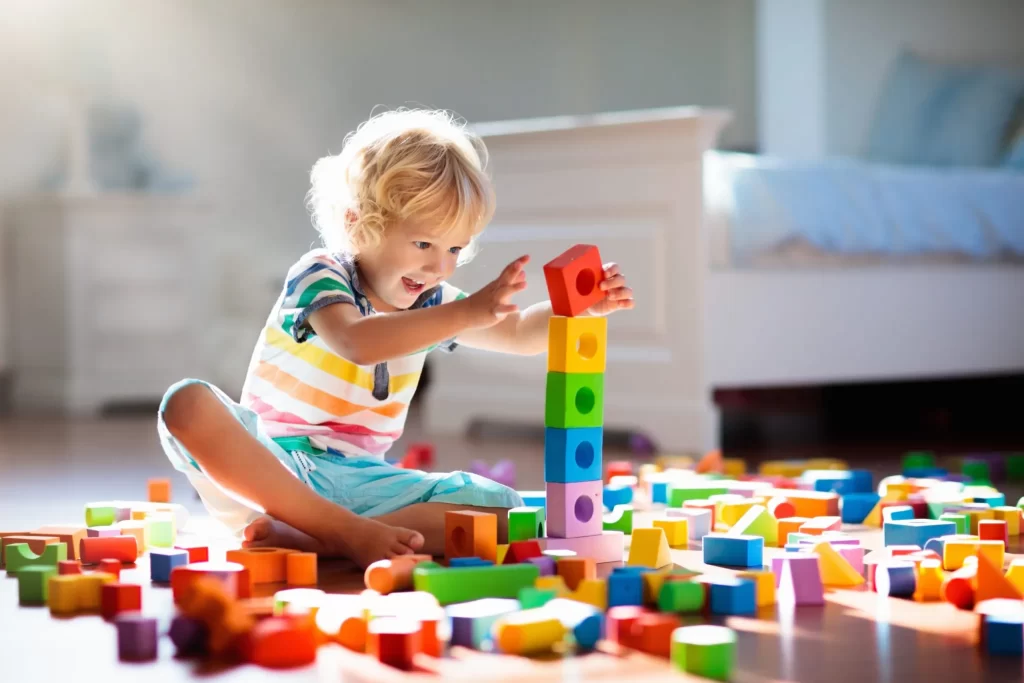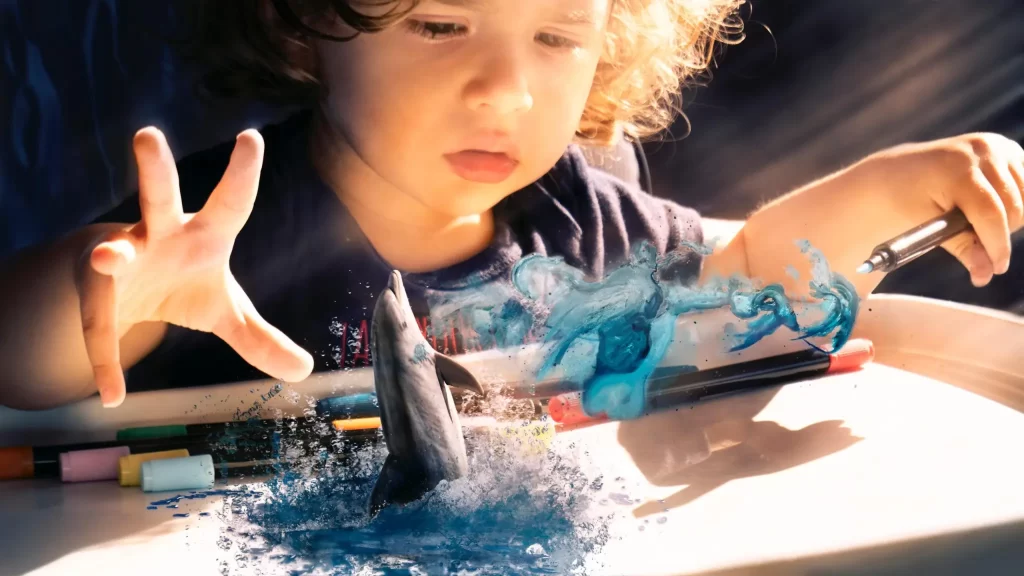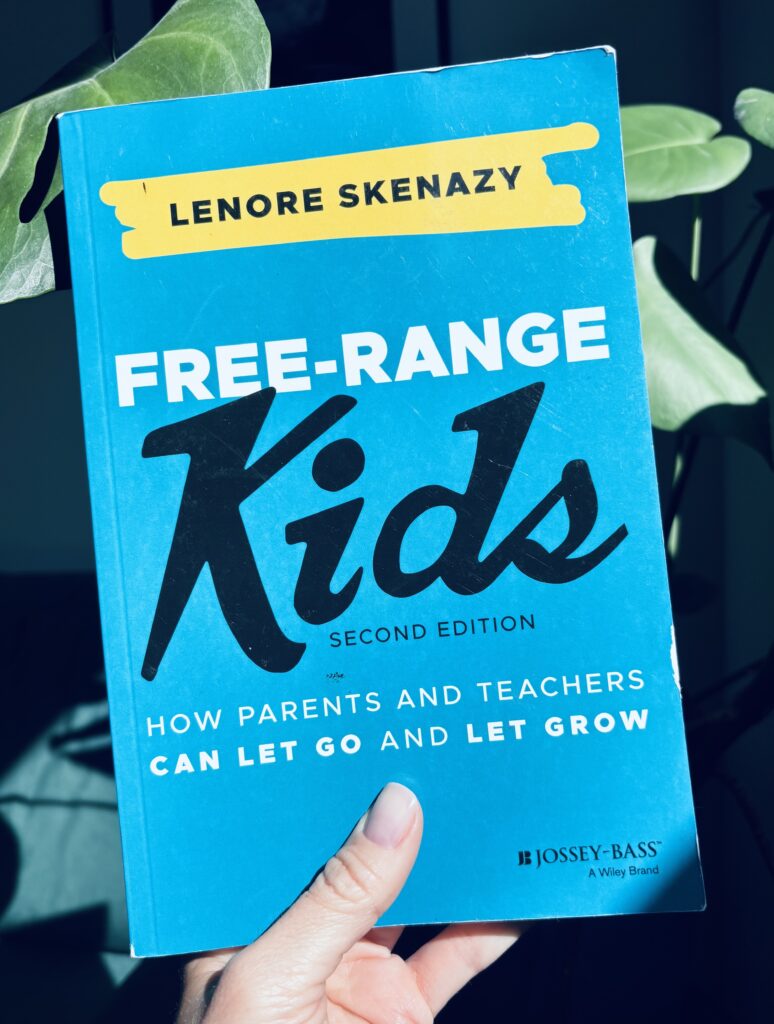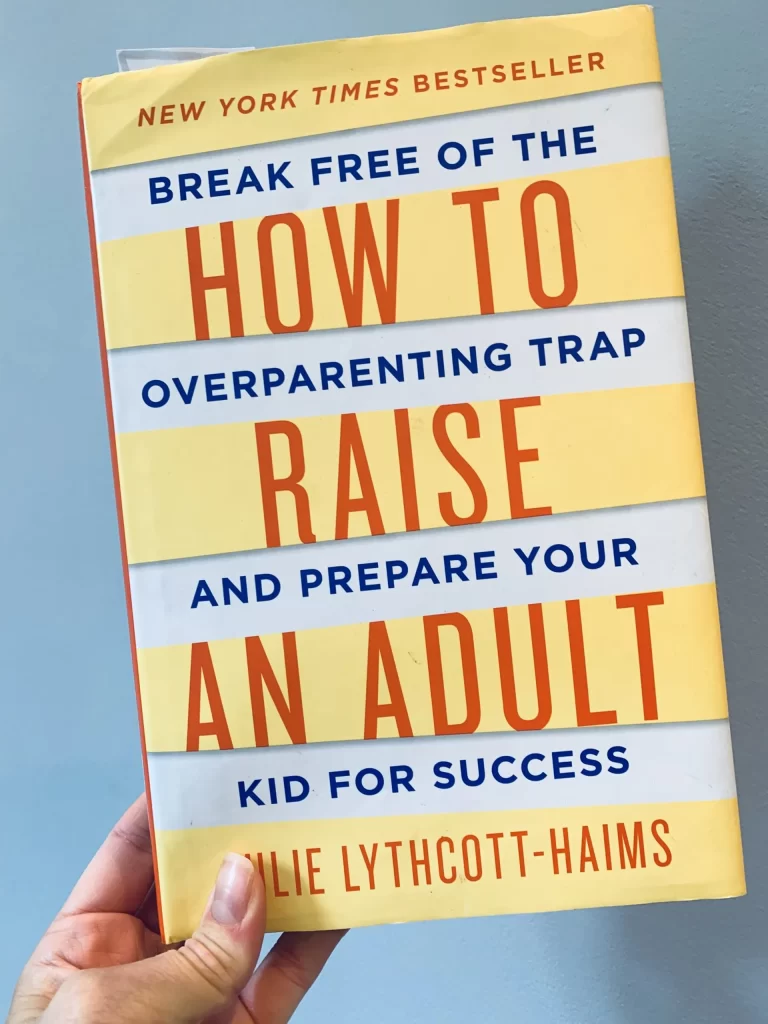My post-Soviet childhood lacked fancy educational toys, soft plays and sensory classes. But still, it was awesome. And you know what I remember the most? Hours of unsupervised outdoor play!
I could play hide and seek with my friends, climb trees, and play the Chinese jump rope games for the whole day. And yes, nobody was there to scream “Irinaaaaaa, don’t climb that high!” or “Don’t go too far – I have to see you”. I was free to explore.
I had flower dolls instead of Barbies. I played with grandpa’s tools (they were the best for building spaceships) and argued with a friend who’s going to marry Duncan MacLeod. A normal childhood of a Russian girl in crazy 90s.
If I complained that I was bored, the standard answer from all the adults was “You can play, read or draw” ☺ Who can relate?
Nowadays, for many parents, this sounds like a wild and unproductive childhood. But according to research, free play like that is absolutely essential for all aspects of children’s development. That’s the way human beings learn to control their lives, solve problems, get along with peers and practice empathy and resilience. Moreover, free play is the foundation for creativity and innovation and fundamental to learning.
What is play?
All young mammals play. Why? Because it’s the primary way they learn to understand and experience the world around them. And human beings are no exception. In fact, compared to other mammals, our childhood is longer, and we play for a much more extended period of time.
“Our children are built to move, run, touch, get dirty, collaborate, and, most importantly, play together.”
– Sir Ken Robinson
So what is play? In fact, according to experts, it is not an activity but rather a mindset.
Technically, play has many forms. For example, it can be a structured and supervised play activity that is organised for children (e.g. obstacle runs, football, educational board games, building lego toys with manuals). Or it can also be onscreen play (e.g. video games, educational games). Both have value, but they don’t offer all the benefits of REAL play.
REAL play, which is the most beneficial for a child’s development and wellbeing, has two main characteristics: it is self-controlled and self-directed. This means there is no adult supervision and direction involved. It’s an active multisensory activity connecting children to the world around them and to the inner world of ideas and imagination. Examples? Playing with sand, climbing trees, role-play, hiding games, painting. Or this:
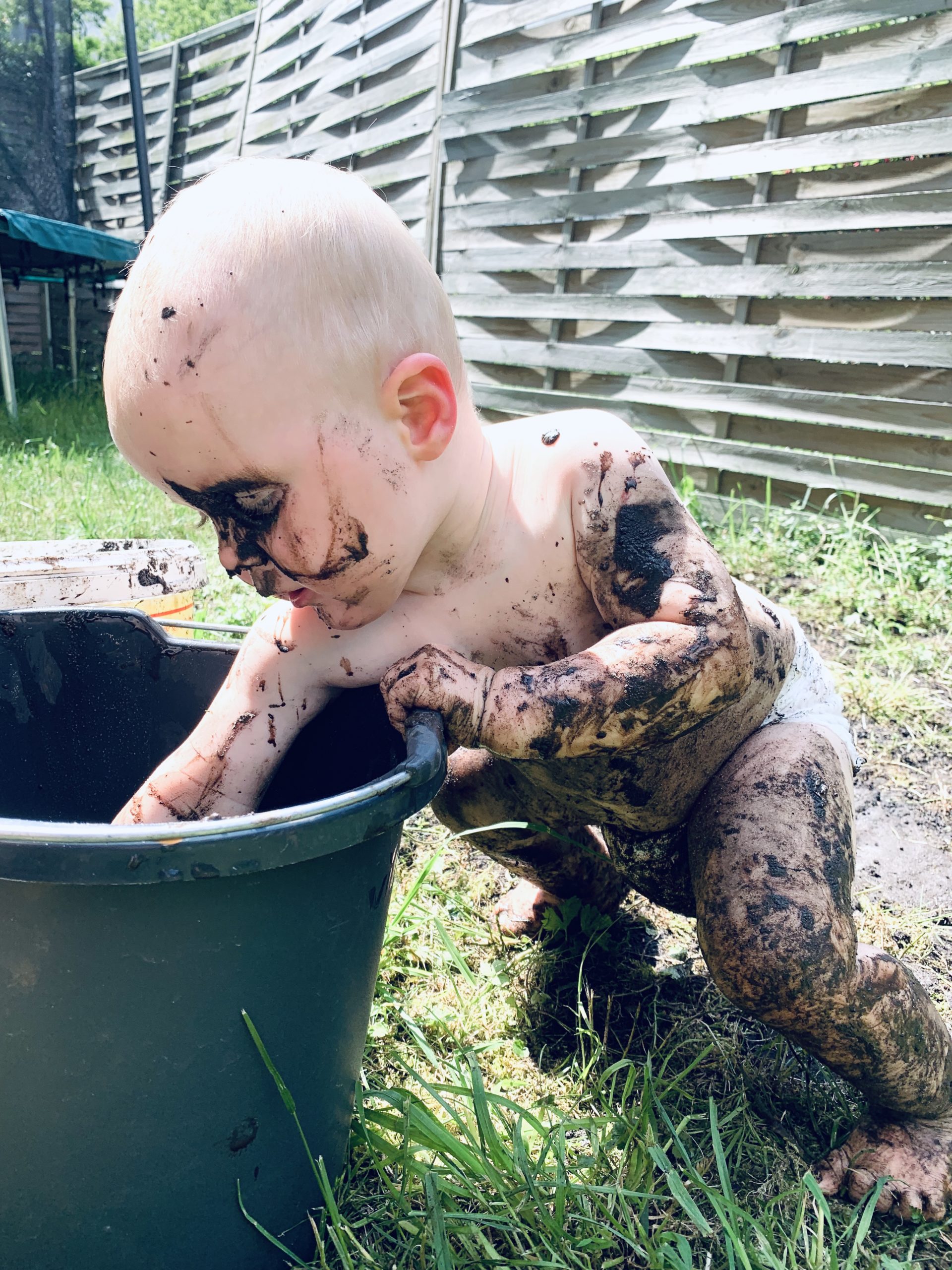
Of course, all forms of play are beneficial for children, but it’s good to have a “balanced play diet”, where real play is the primary “nutrient” for your child’s development.
In You, Your Child and School (check out the notes), Sir Ken Robinson highlights six characteristics of real play:
- Play is intrinsically motivated: there is no specific end goal of play – the main goal is playing itself.
- Play is a state of mind: real play happens when a child chooses it freely. If an adult forces a child into play – that’s not play.
- Play is pleasurable – the experience of play is enjoyable. Basically, real play helps a child to experience a flow state.
- Play is nonliteral: real play involves loads of imagination. A stick can be a sword, a magic wand, Stickman ☺
- Play is actively engaging: “Real play activities engage children fully – physically, psychologically, or both”.
- Play has no external rules: a child decides on the rules and structure.
And according to experts, play is not just something that kids LOVE to do. It is actually what they NEED to do.
Why play matters?
There is strong evidence that unstructured and self-directed play, where children use their imagination and create their own rules, enhances development in all the ways that are essential for becoming independent adults.
Peter Gray is a professor of psychology at Boston College and one of the leading experts in childhood development. He has spent decades studying play from a biological evolutionary perspective, and he notes that human beings play much more than other mammals and benefit from it tremendously. Here is his TED talk where he talks more about his research:
Dr Gray’s message is quite simple – free play is crucial for children’s physical, social, emotional and cognitive development. Moreover, play is the foundation for creativity and innovation and absolutely fundamental to learning.
In his great book Free to Learn, Dr Gray says:
“Free play is the means by which children learn to make friends, overcome their fears, solve their own problems, and generally take control of their own lives. It is also the primary means by which children practice and acquire the physical and intellectual skills that are essential for success in the culture in which they are growing. Nothing that we do, no amount of toys we buy or “quality time” or special training we give our children can compensate for the freedom we take away. The things that children learn through their own initiatives, in free play, cannot be taught in other ways.”
In “You, Your Child and School” (check out the notes), Sir Ken Robinson also raises the issue of the decline of play and writes:
“For children there are few things more serious than play. There is a direct correlation between active, novel play and increased brain activity and development, which facilitates creative and analytical thinking, problem-solving skills, the ability to collaborate and cooperate with others.”
And when you think of it, real play is actually crucial for developing an autotelic personality and experiencing more flow in life. It teaches kids to organise their own consciousness at will without any external input and independently match the level of challenge with their skills. A child, who knows how to play, would rarely get bored. In Flow (check out the notes) Csikszentmihalyi writes:
“A person who rarely gets bored, who does not constantly need a favorable external environment to enjoy the moment, has passed the test for having achieved a creative life. Learning to use time alone, instead of escaping from it, is especially important in our early years. Teenagers who can’t bear solitude disqualify themselves from later carrying out adult tasks that require serious mental preparation.”
And by the way, did you know that companies like Boeing and NASA won’t hire research and development problem solvers – even if they are top graduates from one of the top universities – if they didn’t play using their hands as children? Guess why? Because there is strong evidence that this type of play is essential for innovative problem-solving in adults ☺
So play isn’t just important, but is ESSENTIAL for children to become happy and successful people later in life.
Let your child play
So here is a simple (science proved) parenting hack for those who deeply care about their child’s healthy development – let your child PLAY. As much as possible.
Sometimes we just need to step back and let them do their work. Of course, you always need to consider your child’s age, the amount of time available, your home and neighborhood environment and so on.
Having said that, maybe you can start by asking yourself where you can allow your child more freedom to play?
As Jesper Juul said – our children are competent from birth, so let’s embrace it and create all the conditions for them to develop into strong and independent adults.
Next time let’s talk about HOW you can bring more play into your and your child’s life.
Loads of love,
Irina and Dawid
